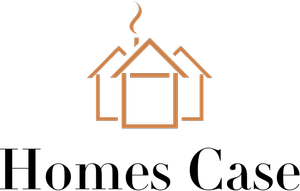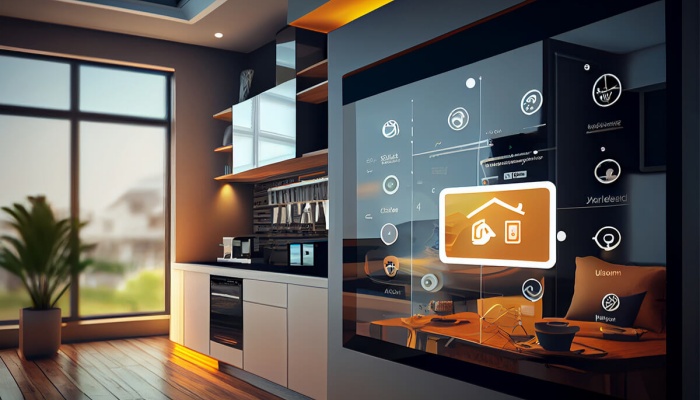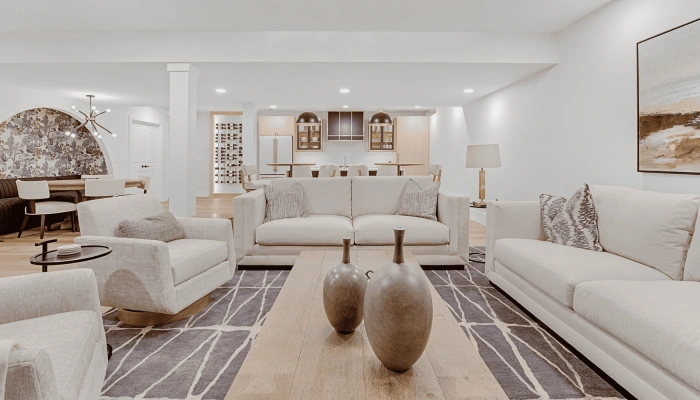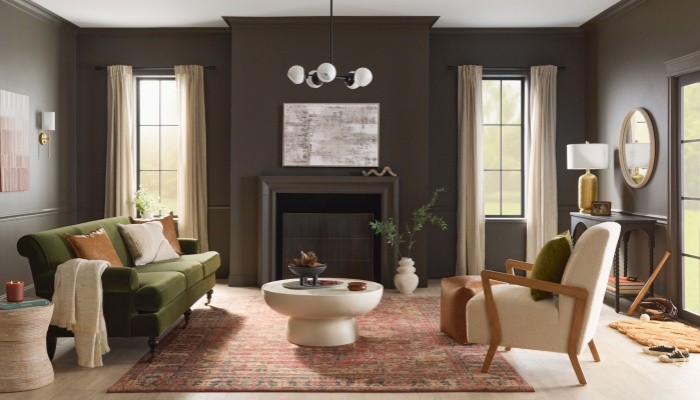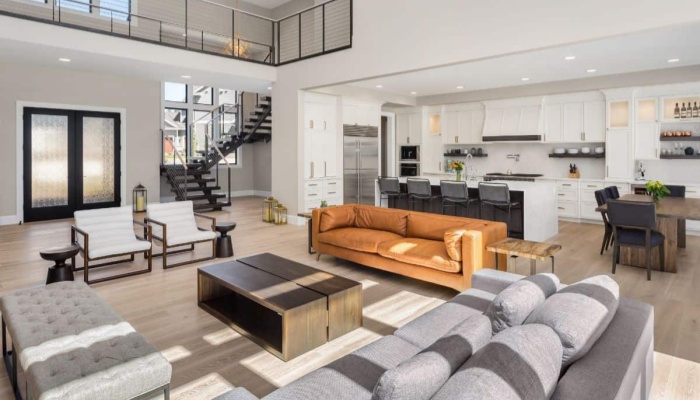One popular option is smart lighting. Smart bulbs can be controlled via smartphone apps or voice commands, allowing homeowners to adjust brightness and color temperature to suit their mood or activity. Additionally, programmable lighting can help save energy by automatically turning off lights in unoccupied rooms. This level of control not only enhances convenience but also contributes to energy efficiency, making it an appealing option for environmentally conscious homeowners.
Smart thermostats are another valuable addition to home renovations. These devices learn your heating and cooling preferences, optimizing energy usage based on your schedule. By adjusting temperatures when the house is empty or during the night, smart thermostats can significantly reduce energy bills. Many models also provide insights into energy consumption, helping homeowners make informed decisions about their usage.
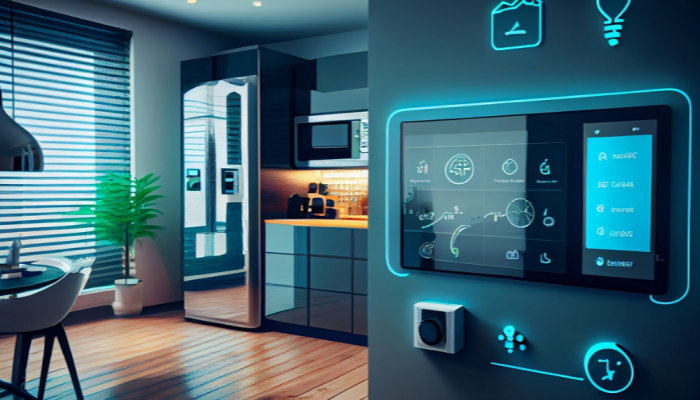
Security is a top priority for many homeowners, and smart technology offers innovative solutions in this area. Smart security cameras, doorbells, and locks provide real-time monitoring and alerts, allowing homeowners to keep an eye on their property from anywhere. Integration with smartphones means that homeowners can receive notifications about unusual activity or even communicate with visitors at their door. This added layer of security not only enhances peace of mind but also increases the overall safety of the home.
Incorporating smart entertainment systems can also elevate the home experience. Smart speakers and streaming devices allow homeowners to control music, movies, and television with simple voice commands. This level of integration makes it easy to enjoy entertainment without the hassle of multiple remotes or complicated setups. Additionally, smart home theaters can provide a cinematic experience, complete with automated lighting and sound systems.
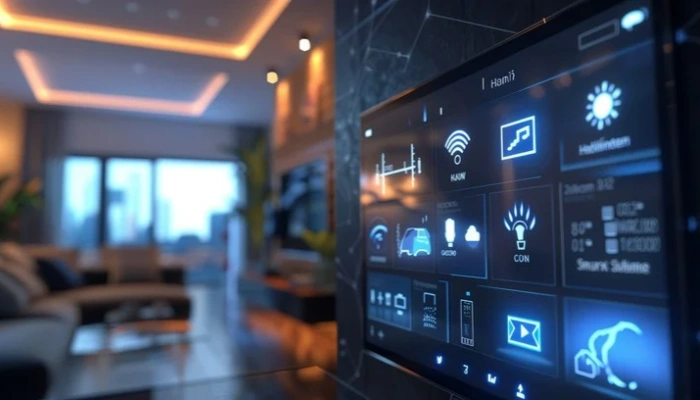
When planning your renovation, it is essential to consider compatibility and integration. Many smart devices work best when connected to a central hub or system, allowing for seamless communication between devices. Homeowners should research compatible products and consider consulting with professionals to ensure a cohesive smart home setup. This approach can prevent frustration and ensure that all devices work harmoniously together.
Lastly, keep in mind that smart technology is continually evolving. When selecting devices for your renovation, consider future-proof options that can be easily updated or expanded. This foresight will allow your home to adapt to new technologies as they become available, ensuring that your investment remains relevant and functional for years to come.
Incorporating smart technology into home renovation involves assessing needs, integrating smart lighting, thermostats, security systems, and entertainment options, ensuring compatibility, and planning for future advancements. By embracing these technologies, homeowners can create a more efficient, convenient, and secure living environment.
